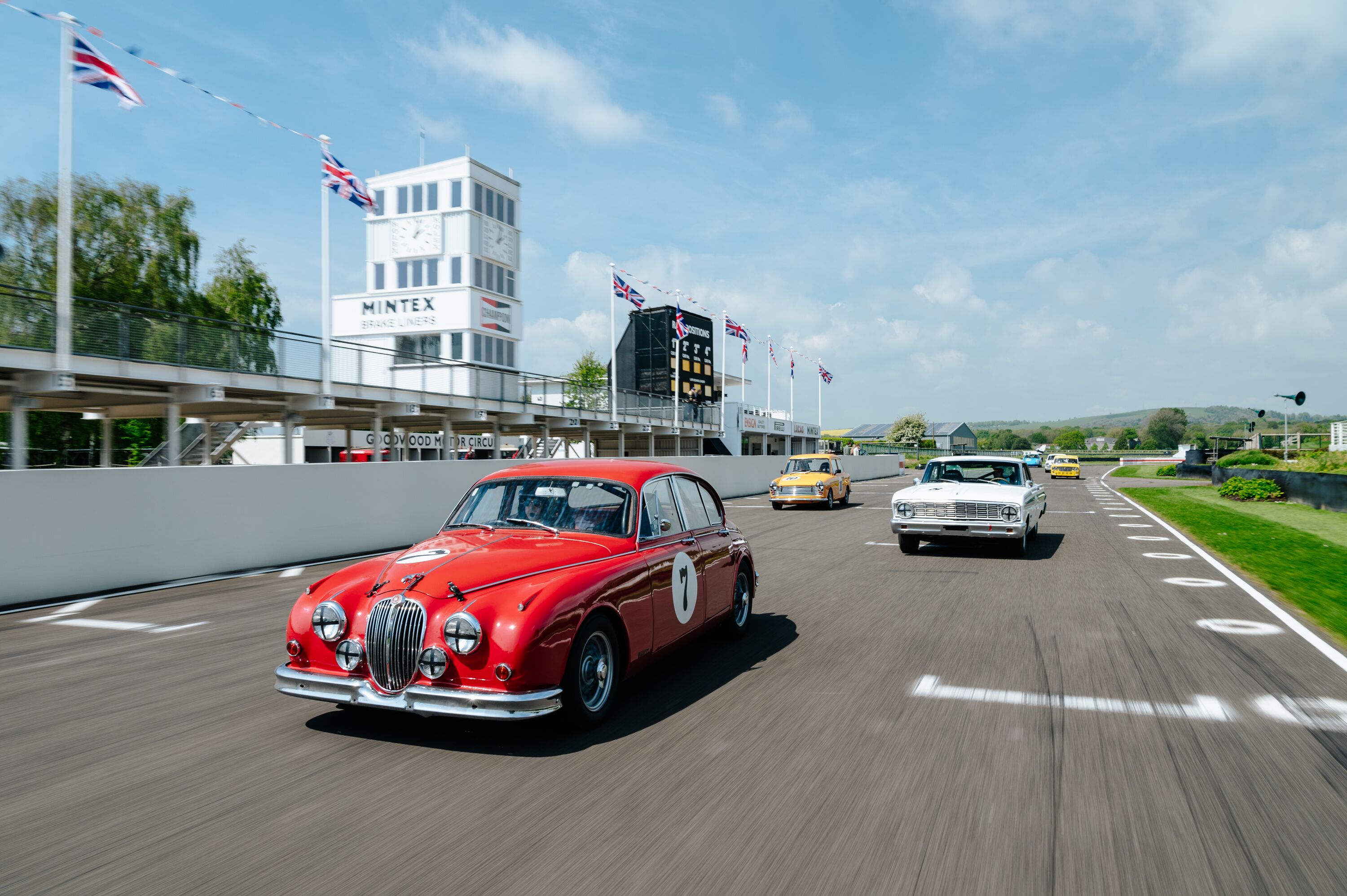Axon's Automotive Anorak: Is left right?
Just over 50 years ago (at 5 a.m. on Sunday 3rd September 1967, to be precise) through its ‘Dagen H’ plan, Sweden switched from driving on the left-side of the road, as per the UK, over to the right. Not a single reported accident took place as a result!

I mention this as a pedantic friend texted me over the weekend to ask if Sweden really was the last country to change from driving on the left to the right? It transpired that he was taking part in a pub quiz, and when the answer to the question ‘which was the last country to switch driving from the left to the right?’ the quizmaster was insistent that the correct answer was Sweden, in 1967.
Although it rather pains me to admit it, my pedantic friend was correct, as at least a couple of other countries have switched driving sides since 1967, including Iceland in 1968, and the former British colony of Burma (now called Myanmar) in 1970, the latter forced by the new military regime of Ne Win.
Today around 35 percent of the world drives on the left, with most of these countries being former nations of the British Empire or Commonwealth, such as India, Australia, New Zealand, Hong Kong, South Africa, Singapore, Tonga, Jamaica, Barbados, Bahamas, Bermuda, Guyana, Kenya and around a dozen others.
Japan is the largest new car market with no historic British connections to travel on the right, which it has done since the Edo period of 1603-1867. In fact, long before the invention of the motor car, the vast majority of the world travelled on the left, as traditionally armies marched on the left to either greet on-comers with a handshake (for friends) or to reach for their sword (for foes).
Napoleon changed this habit by ordering his troops to march head-on into his enemies to disarm them, and forcing the countries he conquered to conform to his new French practice. By the turn of the 20th Century, when motor carriages were taking their first spluttering ventures out on to the roads, most of the world still drove on the left. In the USA, for example, the dominance of the Ford Model T (accounting for half the cars on American roads by 1910) eventually forced the Americans to drive on the right, with Ford switching its Model T production from right-hand-drive to left-hand-drive in 1908, and Cadillac and most other American marques doing the same from 1916 onwards.
In Europe, most cars were built with right-hand steering only, this being the case for prestige sporting French and Italian marques such as Bugatti, Delage, Talbot, Maserati and Lancia right through to the late 1950s. This resistance to change came from the fine motor racing credentials of these marques, where right-hand-drive is the norm due to most motor circuits being clockwise.
Between the first and second world war, most of Continental Europe gradually switched sides, with the former-Czechoslovakia, Austria and Hungary (in 1941) being the last to change, under the influence of Hitler. Under its war-time occupation, The Channel Islands was also forced to switch to driving on the other side of the road, only to change back once the hostilities were over.
Bizarrely, up to the mid-1930s, in Italy, the socialist-controlled cities of Rome and Napoli drove on the right, whilst Conservative cities such as Turin and Milan drove on the left! Today, all of Europe drives on the right, with the exceptions of the UK, Ireland, Cyprus and Malta.

Inevitably, a few exceptions to the rule exist. One such anomaly is in the Portuguese capital city of Lisbon. Due to the unusual configuration of the surrounding streets, the Rua Virato in the Picoas district of Lisbon has left-hand traffic. The same goes in Barcelona, where part of the Carrer de Ramon Trias, that passes through the Parc de les Cascades, is driven on the left, instead of the traditional right.
In the UK, driving into the main vehicle entrance of the famous Savoy Hotel in London, the 'Savoy Court,' is on the right-hand side of the road. This is due primarily to the construction of the 'Court'. When approaching and leaving the hotel it is easier to do so while driving on the right-hand side of the road, and as the Savoy Court is a privately owned property, it is not a public thoroughfare as it leads only to the hotel itself. Therefore, driving on the right-hand side of the road does not contravene British traffic regulations.
When being chauffeured in a horse-drawn carriage or limousine, the lady or dignitary would traditionally sit behind the driver. By approaching the Savoy on the right-hand side of the road, either the chauffeur or the hotel's doorman was able to open the door without walking around the car. The same rule applies to the main car park entrance and exit at the Goodwood Hotel in West Sussex.
axon's anorak
axon's automotive anorak







